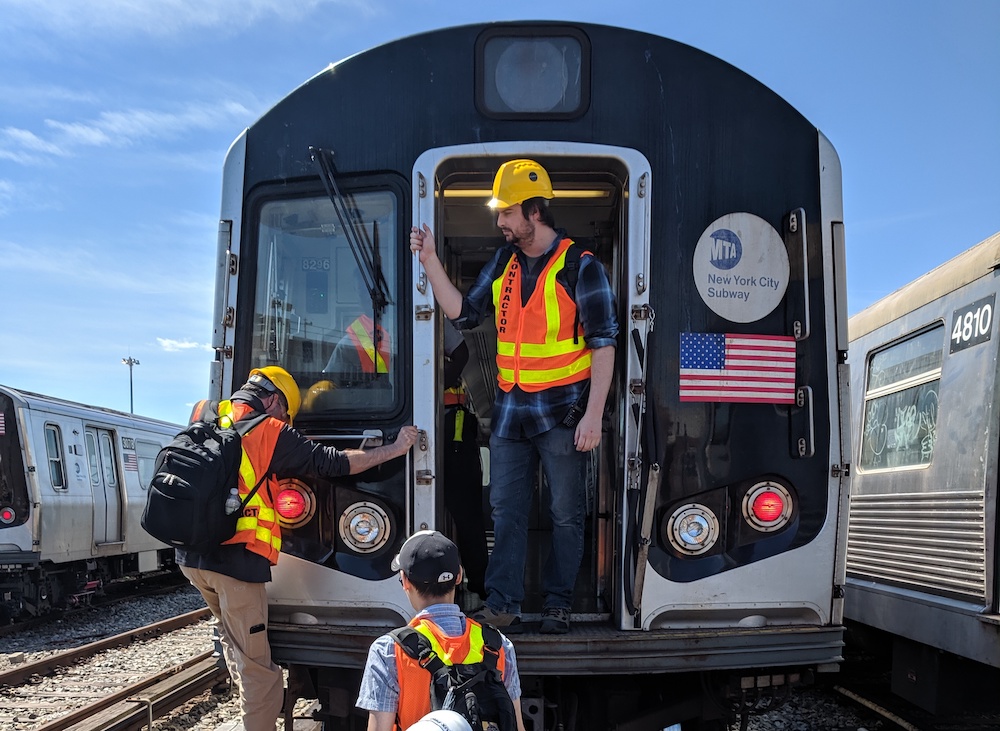As our world adapts to new norms, a remarkable synergy is blossoming between technology and human interaction. Enter the realm of robotics, where proximity and precision are now more crucial than ever. Massachusetts-based startup Humatics is leveraging advanced sensor technology to facilitate seamless interactions between robots and humans, particularly in environments where safety and efficiency must coexist. This innovative approach not only promises to enhance industrial operations but also seeks to instill confidence as social distancing becomes a part of our collective future.
The Rise of Microlocation Robotics
Microlocation robotics is an exciting field, focused on enhancing how humans and machines interact physically and collaboratively. Humatics, an esteemed MIT spinout, is making waves with its ultrawide band (UWB) technology, which can accurately track the movements of industrial robots within mere centimeters of human workers. With backing from major industry players like Lockheed Martin and Airbus, the company has solidified its place as a pioneer in this burgeoning sector.
For instance, in collaboration with New York’s Metropolitan Transportation Authority (MTA), Humatics has equipped subway lines with precision tracking capabilities. By providing real-time location data for trains, the system not only improves operational efficiency but also sets the foundation for future advancements in mass transit systems.
Why UWB? A Game Changer for Robotics
UWB technology has been pivotal in alleviating some of the significant challenges that conventional tracking systems face. Unlike GPS and camera-based systems, UWB is less susceptible to environmental disruptions, making it an ideal solution for complex settings like subway tunnels. Humatics’ devices utilize UWB radio frequencies to maintain reliable tracking even under harsh conditions, significantly mitigating the risks associated with human-robot interaction.
- Durability: UWB signals can permeate challenging environments like dust-laden subway tunnels, ensuring consistent performance.
- Range and Precision: UWB technology is capable of pinpointing an object’s location within 500 meters and can achieve submillimeter precision for intricate tasks.
- Versatility: The applications span across industries—from manufacturing to transportation—demonstrating UWB’s broad utility.
Collaboration: Strength in Numbers
What makes Boston a cradle for such advancements? The answer lies in the collaborative mindset of its robotics and tech community. Companies like Veo Robotics, alongside Humatics, foster an environment that thrives on “precompetitive collaboration,” recognizing that standardization is key to mutual success. As Bilal Zuberi from Lux Capital points out, the rich talent pool in Boston coupled with seasoned robotics firms creates a fertile ground for innovation. When young professionals emerge from local universities, their inclination toward robotics leads to a vibrant industry ecosystem.
Future Applications and Potential
The potential for microlocation technology extends far beyond industrial robots. Humatics is eager to expand into various fields, such as:
- Augmented Reality (AR): Integrating UWB tracking with AR could revolutionize how we experience virtual environments, enhancing accuracy and immersiveness.
- Transportation Efficiency: Enabling trains and buses to operate closer together can increase transportation capacity, crucial as urban areas grow.
- Automated Guided Vehicles (AGVs): With heightened accuracy, AGVs could streamline operations in warehouses and manufacturing plants.
As the demand for safe, efficient solutions continue to rise, technologies like Humatics’ will play an essential role in shaping our future.
Conclusion: A New Era of Robotics
The advent of microlocation technology heralds a shift in how humans and robots can coexist and collaborate seamlessly. As industries turn towards more efficient operations, partnerships between cutting-edge tech firms and transportation authorities may redefine the workplace and public transit landscape. Humatics exemplifies how innovation can enhance not just productivity but also safety and reliability in a changing world.
At fxis.ai, we believe that such advancements are crucial for the future of AI, as they enable more comprehensive and effective solutions. Our team is continually exploring new methodologies to push the envelope in artificial intelligence, ensuring that our clients benefit from the latest technological innovations. For more insights, updates, or to collaborate on AI development projects, stay connected with fxis.ai.

